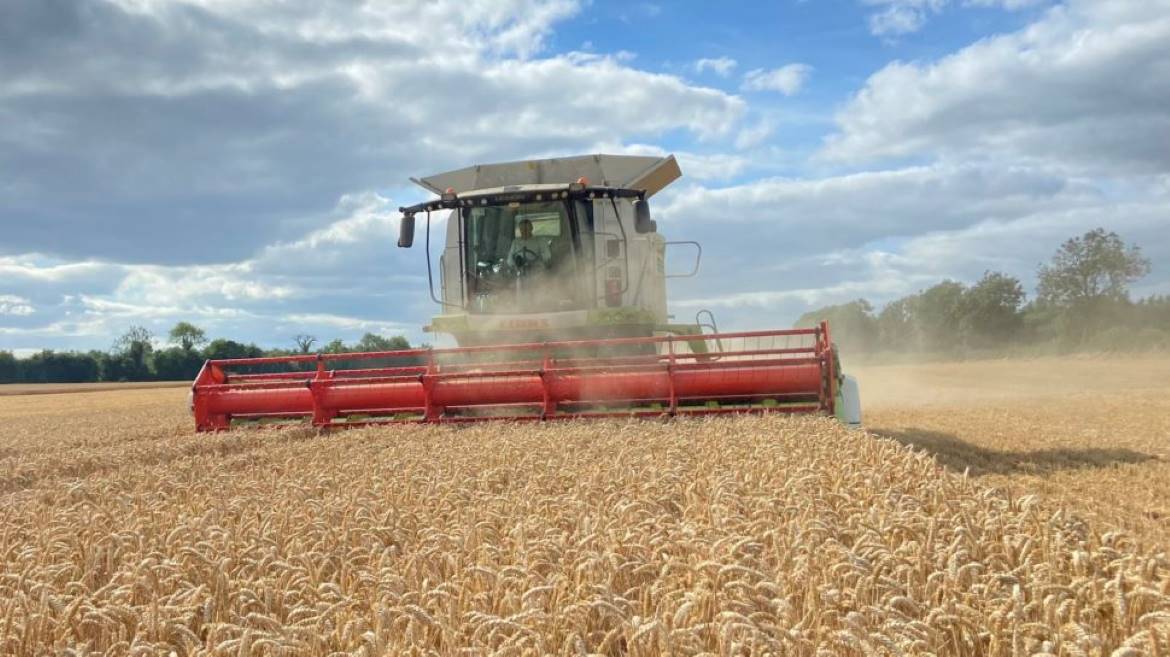The fertiliser price is a major concern for tillage farmers. IFA Grain Chairman Kieran McEvoy said: “Satisfactory yields and higher prices have enabled farmers to weather the input cost surge in 2022. However, at present, 2023 futures prices are €40-50/t lower than 2022 and fertiliser prices on the whole will be higher for next season. Any further falls in world grain markets after planting this autumn will leave margins very tight or non-existent.”
Meanwhile, winter barley, winter oats and winter rape are now all completed, bar small pockets in the northwest of country. “A warm, dry month of July ensured grain moistures were much lower than normal and straw has been easier to bale. After a mixed winter barley harvest, yields have improved for other crops. Winter oilseed rape is yielding 15% better than is perhaps typical. This is positive news given the 4,500 extra hectares planted last autumn,” he said.
Farmers will be harvesting spring crops this week. Approximately 35% of the national area has now been harvested, with farmers just starting into winter wheat and spring barley. They make up 60% of the total cropped area. “Progress is greater in the south and south east, which is to be expected with the harvest of spring barley underway in the last few days. Rainfall has hindered harvesting progress for some farmers in Co. Donegal,” said McEvoy.
The Straw Incorporation Measure scheme has seen very good uptake, with 52,000 hectares being chopped. He said some farmers are chopping additional straw outside of the scheme this year to reduce offtake of P and K nutrients and lower fertiliser requirements.

